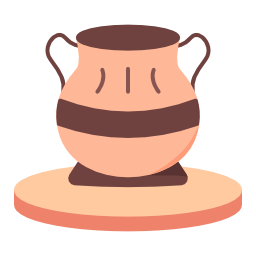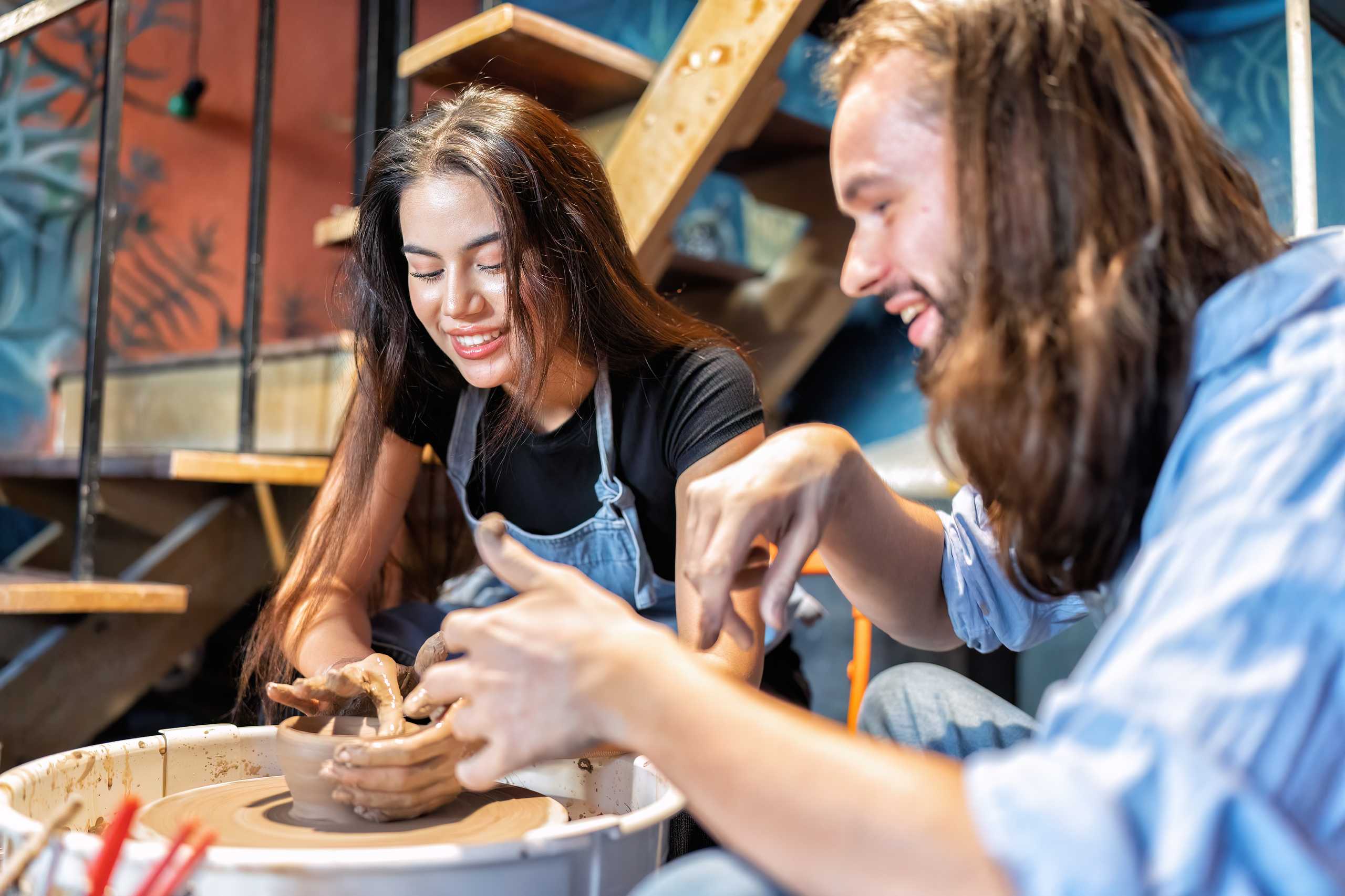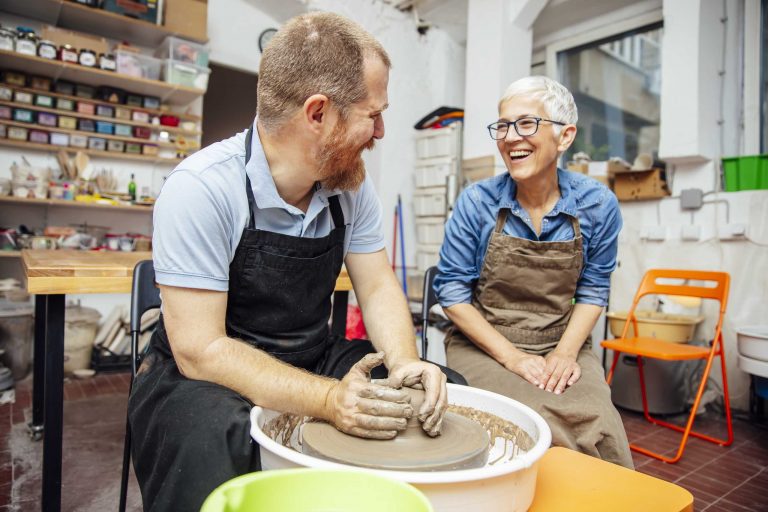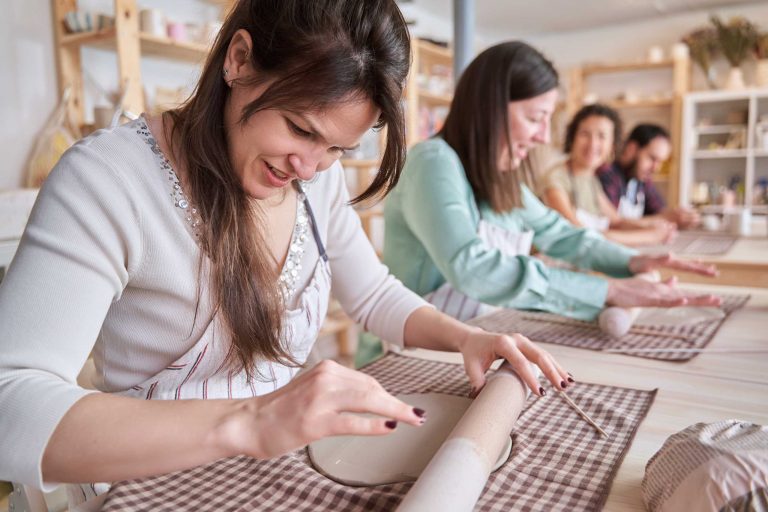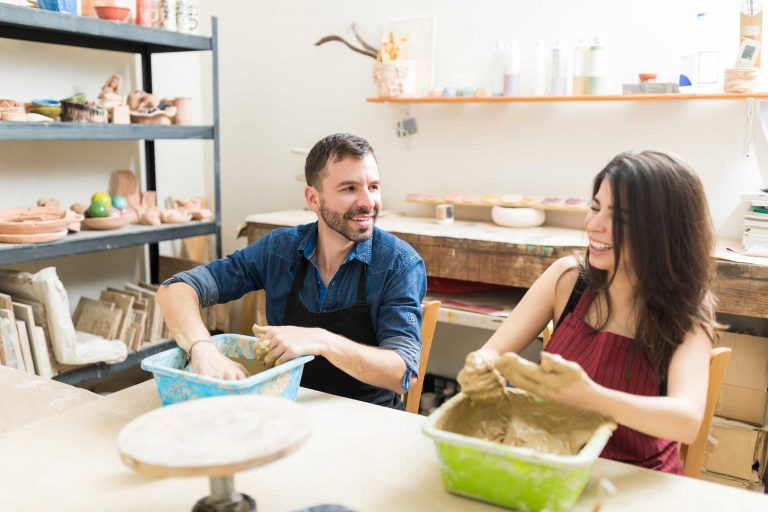The Timeless Allure of Clay: Why We Keep Coming Back to It
There’s something quietly powerful about clay.
In a world of fast production and digital overload, the act of shaping a lump of earth with your hands offers a return to something raw, grounding, and deeply human. Clay has been part of human life for over 30,000 years, and yet—despite all our innovations—we still return to it. But why?
Let’s explore the timeless pull of clay and what it gives us that few other materials can.
A Material That Responds
Clay listens.
It yields beneath your fingers, registers every press and curve, and invites you to slow down and feel. Unlike wood or metal, it’s not something you must fight or carve into submission. It collaborates with you.
This responsiveness builds a direct relationship between maker and medium. You don’t just mold clay — it molds you back. Your patience, your tension, your mood — all of it is mirrored in the piece.
Imperfection is Welcome
In the studio, perfection isn’t the goal.
A slightly off-center cup, a thumbprint left on a vase — these are not flaws. They are the artist’s fingerprint, the soul of the object. In a time when uniformity dominates design, handmade clay work stands as a quiet rebellion. It says: this was made by a person, not a machine.
The Japanese philosophy of wabi-sabi celebrates this kind of imperfection — and clay naturally embodies it. It reminds us that beauty lies in the irregular, the asymmetrical, the unexpected.
Meditative and Mindful
Clay demands your full presence.
You can’t scroll, multitask, or rush your way through it. The process slows you down, anchors you in the now. In this way, clay work becomes meditative — a form of moving mindfulness.
In fact, many therapists use clay in art therapy to help clients connect with emotion, process trauma, or simply relax. There’s a reason hands-in-clay feels good. It returns us to the body and the moment.
A Community of Makers
One of the beautiful surprises of clay is the sense of community it fosters.
Studios like ours become creative sanctuaries. You meet people of all ages, backgrounds, and stories — all united by the same impulse: to create with their hands. Sharing tools, laughing over collapsed pots, admiring each other’s progress — these moments forge connections that often outlast the objects themselves.
From Mud to Masterpiece
Clay starts humble — soft, formless, a bit messy. But given time, fire, and vision, it transforms.
That’s the magic.
That’s why we keep coming back to it.
Because clay reminds us that transformation is always possible.
From mud to art. From idea to object. From busy to present. From curious to connected.
And in the process — we shape more than just vessels.
We shape ourselves.
